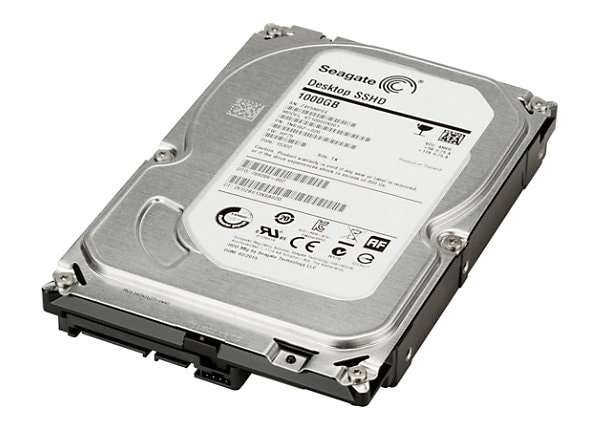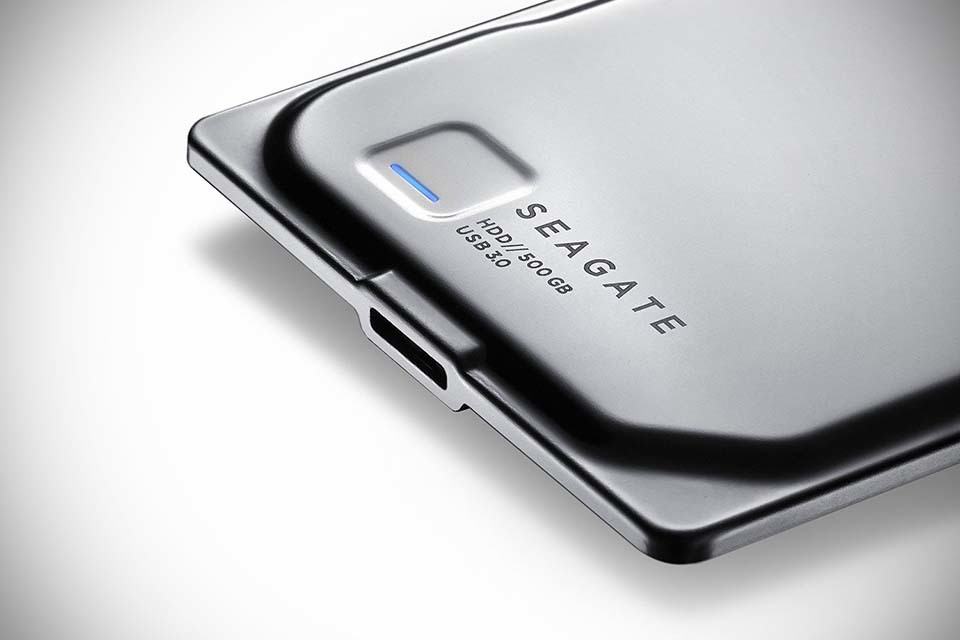Get the best deals on USB Flash Drives with GB 6 and find everything you'll need to improve your home office setup at eBay.com. Systor 1:119 100MB/s USB 3.0 & 3.1 Drive Duplicator - Up to 6GB per minute. Features: Duplication. Hard Drives (HDD, SSD & NAS) Hard Drive Duplicators; Tape. Canvio Basics Portable External Hard Drive Store your photos, videos, and files with the Toshiba Canvio Basics portable hard drive. Enjoy a sleek design in a compact casing with up to 4TB(1) of storage space. The Canvio Basics makes keeping your files easier and more convenient than ever. Silicon Power 2TB portable hard drive - $134.99 $62.49 at Amazon Get a free wall charger or 10000mAh portable charger when buying this hard drive. The Armor A60 is shockproof and splashproof as. LaCie LAC9000298 Rugged Mini 2TB External Hard Drive Portable HDD - USB 3.0 USB 2.0 Compatible, Drop Shock Dust Rain Resistant Shuttle Drive, For Mac And PC Computer Desktop Workstation PC Laptop. 4.7 out of 5 stars 7,336. Personal Computers $89.99 $ 89. 99 $99.99 $99.99. Seagate Exos 7E8 6TB Internal Hard Drive Enterprise HDD – 3.5 Inch 512E SATA 6Gb/s 7200 RPM 128MB Cache for Enterprise, Data Center – Frustration Free Packaging (ST6000NM0115) 4.3 out of 5 stars 457 $179.99$179.99 Get it as soon as Wed, Sep 30.
SATA 6Gb/s is the third-generation of SATA, the predominant interface standard for connecting a computer's host bus adapter to data storage drives. Specifically, SATA 6Gb/s ports are used to connect the motherboard to data storage units such as hard drives, solid state drives, and optical disc drives. Although the terms are technically incorrect, SATA 6Gb/s is sometimes referred to as SATA III or SATA 3.0, as it is the third revision of the SATA interface.
SATA stands for 'Serial ATA' or 'Serial Advanced Technology Attachment.' The '6Gb/s' refers to the fact that this SATA version supports maximum data transfer speeds of 6 gigabits per second, which is twice the speed of the previous generation (3 gigabit per second). Regardless of their generation, SATA cables have a maximum length of one meter (3.3 feet) and connect a motherboard socket to a single hard drive.

Serial ATA (SATA) vs. Parallel ATA (PATA)
When it was introduced in 2000, SATA technology changed the landscape of hard drive technology by switching from wide Parallel ATA (PATA) data cables and connectors to narrow serial cables and connectors, paving the way for faster speeds than parallel technology could handle. Can you get snapchat on windows 8. The use of SATA cables also physically reduced obstructions inside computer cases, thus allowing for greater air flow, faster computer processing units (CPUs), and higher capacity disk drives.
Other advantages over PATA include more efficient data transfer, lower power requirements, and greater affordability, as SATA requires far fewer conductors than PATA. Unlike PATA, SATA also features hot plugging, allowing computer users to add or remove devices while the computer is running. Format external drive. SATA has now replaced PATA in nearly all laptop and desktop computers.
Revisions to the SATA Interface

Serial ATA (SATA) vs. Parallel ATA (PATA)
When it was introduced in 2000, SATA technology changed the landscape of hard drive technology by switching from wide Parallel ATA (PATA) data cables and connectors to narrow serial cables and connectors, paving the way for faster speeds than parallel technology could handle. Can you get snapchat on windows 8. The use of SATA cables also physically reduced obstructions inside computer cases, thus allowing for greater air flow, faster computer processing units (CPUs), and higher capacity disk drives.
Other advantages over PATA include more efficient data transfer, lower power requirements, and greater affordability, as SATA requires far fewer conductors than PATA. Unlike PATA, SATA also features hot plugging, allowing computer users to add or remove devices while the computer is running. Format external drive. SATA has now replaced PATA in nearly all laptop and desktop computers.
Revisions to the SATA Interface
- The first revision of SATA, also known as SATA 1.5Gb/s (or incorrectly as SATA I or SATA 1.0), was released in 2003. SATA 1.5Gb/s interfaces communicate at a native transfer rate of 1.5 Gb/s. This equates to a maximum uncoded transfer rate of 1.2 Gb/s, or 150 MB/s. Initially, the fastest PATA interfaces (such as PATA/133) could compete with SATA 1.5Gb/s, but PATA was reaching the limits of its clunkier architecture, whereas SATA was undergoing further improvements.
- Released in 2004, the second generation of SATA was SATA 3Gb/s (erroneously referred to as SATA II or SATA 2.0). Second-generation SATA technology, which is backwards compatible with legacy SATA systems, doubled the native transfer rate to 3 Gb/s and the maximum uncoded transfer rate to 2.4 Gb/s, or 300 MB/s. Notably, SATA 3Gb/s introduced Native Command Queuing (NCQ), which was not supported by SATA 1.5Gb/s.
- The third revision of SATA, known as SATA 6Gb/s, was released in 2009. The third-generation of SATA technology supports transfer speeds up to 6Gb/s, which is equivalent to a maximum uncoded transfer rate of 4.8 Gb/s, or 600 MB/s. SATA 6Gb/s has doubled the theoretical burst throughput of SATA 3Gb/s, while still remaining backwards compatible with SATA 3 Gb/s and even SATA 1.5Gb/s, as it uses the same cables and connectors. Other improvements in SATA 6Gb/s relate to additional NCQ commands and improved performance of high-bandwidth applications, such as video streaming quality. Although further fine-tuning of the SATA 6Gb/s standard has occurred over the last decade, SATA 6Gb/s remains the most recent generation of architecture.
Is the SATA 6Gb/s Interface Compatible with Older Ports?
Open 7z file windows 10. As previously mentioned, SATA 6Gb/s is fully compatible with previous generations of SATA technology, including motherboards that support the SATA 3Gb/s or SATA 1.5 GB/s interface. However, you should be aware that the maximum read and write speeds of a SATA 6Gb/s drive are likely to be reduced when connected to a SATA 3Gb/s or SATA 1.5 Gb/s port.
In some cases, you may be able achieve comparable transfer speeds with both SATA 6Gb/s and SATA 3Gb/s cables. Sometimes, the quality of the cable and the materials used may be just as important as the SATA specification.
A quick note about terminology:
6gb Portable Hard Drives
The Serial ATA International Organization (SATA-IO), which designs and manages SATA standards, has requested that the third-generation of SATA be referred to as SATA 6Gb/s, rather than SATA III or SATA 3.0, in order to avoid potential confusion with the second-generation of SATA, which is officially known as SATA 3Gb/s, in reference to its transfer rate.
